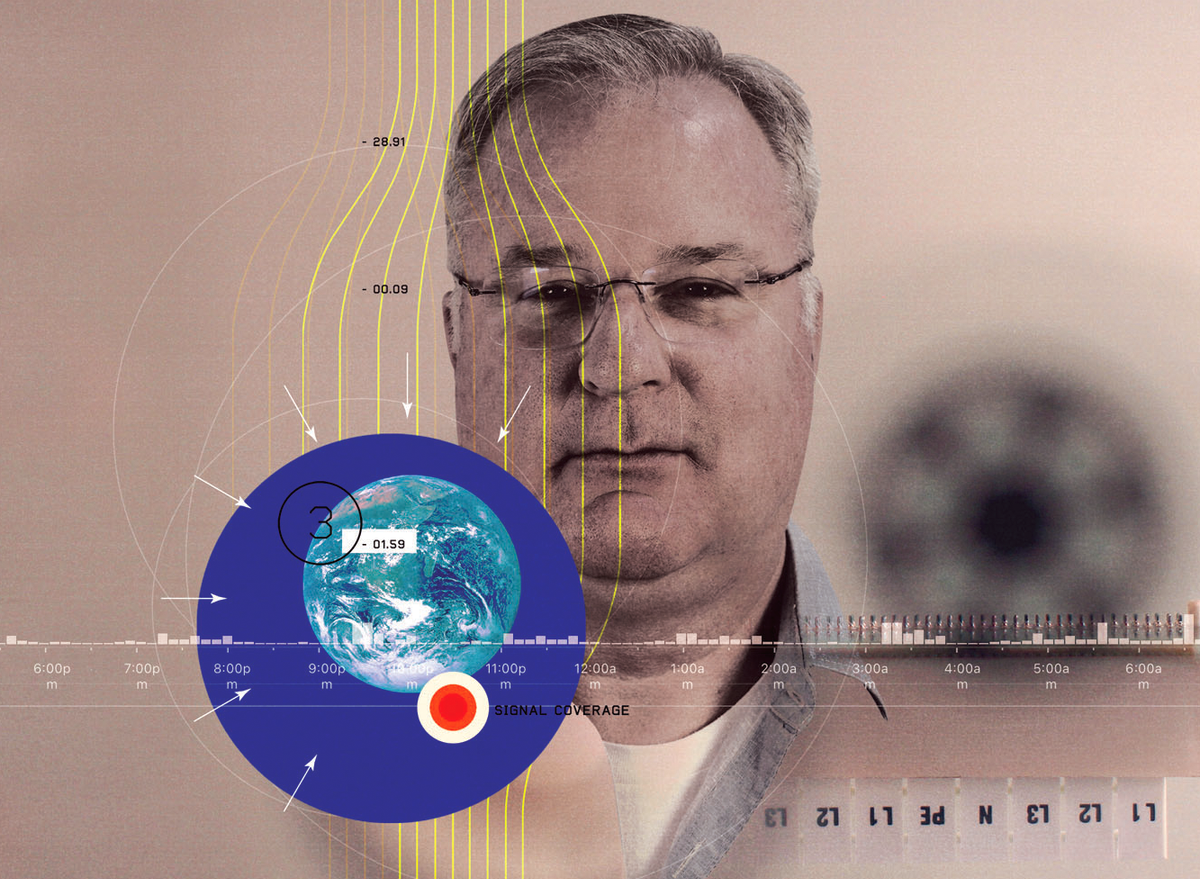Aalyria, a recent spinout from Google, is trying to build on other companies’ near successes. The company is revamping the software platform from the ambitious-yet-failed startup Loon to optimize and reconfigure networks in real time, using whatever connections are available. Aalyria is combining that tech with free-space lasers originally developed at Lawrence Livermore National Laboratory to connect the hard-to-connect. CEO Chris Taylor answered five rapid-fire questions on the company’s approach and the importance of solid engineering know-how.
Chris Taylor
Chris Taylor is the founder and CEO of Aalyria. He also is a member of the boards of Alcavio, Govini, and Ox Intel. He served in the U.S. Marine Corps for 14 years.
Connecting remote areas has been a problem for decades—why is it so difficult to solve?
Chris Taylor: The hardest problem is how to deliver the service that solves the challenges of the digital divide, at a price point that all the people who are suffering from the digital divide can pay. This has been the age-old challenge.
Broadly, what are the two technologies Aalyria has been developing?
Taylor: Spacetime is a temporospatial, software-defined network that mashes together elements of traditional SDNs, traditional software-defined wide area networks, and then adds a digital twin of all wireless transceivers on the planet. Tightbeam is a coherent-light, free-space optics product that allows us to transfer data at high speeds, right up to the absorption lines of various atmospheric anomalies (fog, rain, snow, moisture).
How are you currently improving or refining these two key technologies?
Taylor: For Spacetime, it’s always about resiliency and how to ensure those data payloads are getting where they need to be as quickly as they can be there, and in the same form that they left. For Tightbeam, it’s always about distance and speed and atmosphere. That’s how we think about these things. Can I increase the distance? Can I increase the speed and capacity? And can I deal with the atmosphere better than anyone else to ensure that we can deliver as we said we will?
How is what Aalyria is doing different from other kinds of wireless or cell networks?
Taylor: You can autonomously find the most efficient path based on the requirements that a user has entered into the system. So we say, we need this stuff to go from A to B, to F, to Q, to R, S, T, and then to Z. And that’s the path it’s going to take. What we’ve done is said, A through Z are wired paths, if you will. But we’re now going to add all the wireless transceivers on the planet. And we’ll add all of the optical links that we can create with Tightbeam. Basically, Spacetime is an operating system that can do everything that you want it to do for all of your network, and Tightbeam is a killer peripheral. They don’t have to be used together, but they can always be used together when necessary.
How crucial is the expertise of the former Google engineers on staff for a project like Aalyria?
Taylor: When I was growing up as a kid, we didn’t yet have computers until I think I was a senior in high school, something like that. I just happened to be born at a time when the wild technological shift happened in America, and certainly in the world. Access to those technologies changed how I learned and how I saw many things in the world. It’s been wildly impactful to me. If I can work with a bunch of Googlers and Metas and Amazonians, who grew up in this age, who are experts in this technology, and can help us deliver the same experience that I’ve had growing up—without and then with—I think that shifting from without to with is wildly impactful for any human being. It would be great if the unconnected could experience that too.
This article appears in the March 2023 print issue as “5 Questions for Chris Taylor.”
- To Close the Digital Divide, the FCC Must Redefine Broadband Speeds ›
- This Community-Run Internet Is Bridging the Digital Divide ›
Michael Koziol is an associate editor at IEEE Spectrum where he covers everything telecommunications. He graduated from Seattle University with bachelor's degrees in English and physics, and earned his master's degree in science journalism from New York University.



